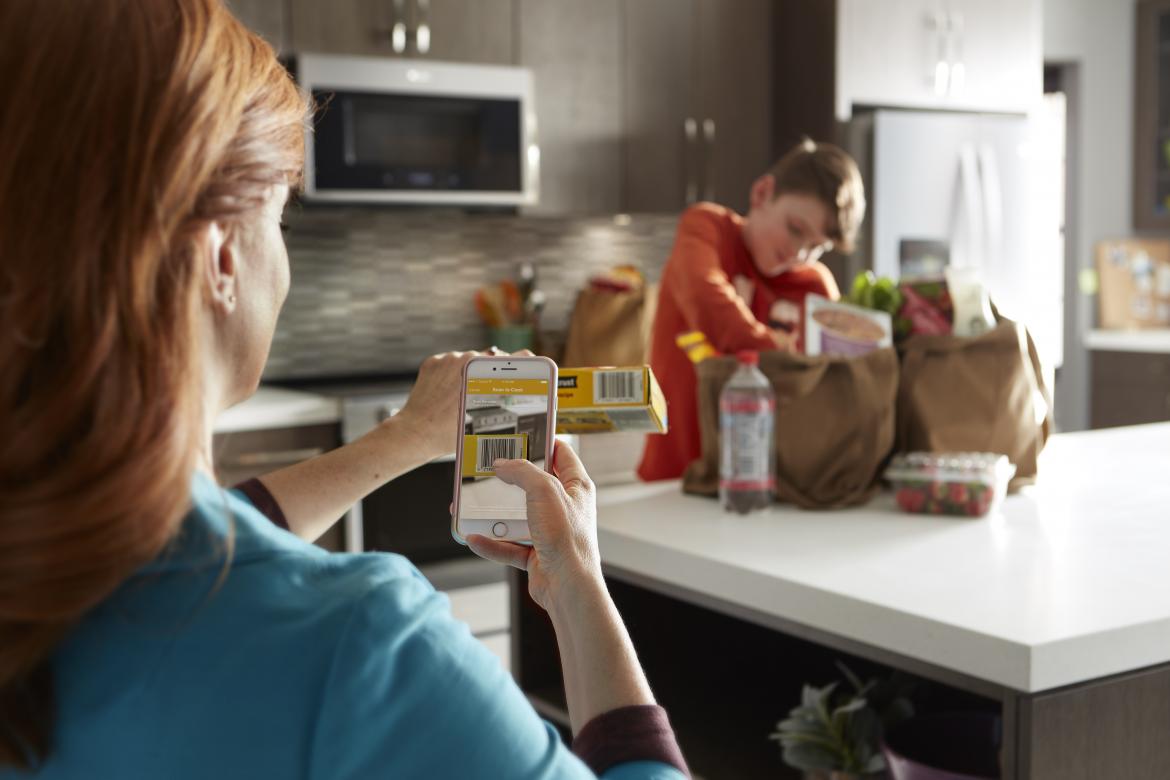The Whirlpool Corporation Global Consumer Design team studies trends, behaviors, and needs of people around the world. In this article, Global Brands Design Manager Jason Tippetts shares how builders benefit from partnering with manufacturers driven by these consumer insights.
What are some of the top trends in home design that builders should be aware of?
Builders are already aware that today’s kitchen likely also serves as dining room, living room, and office. As designers, this means we have to ensure appliances are harmonious with the rest of the home. We also know that today’s consumer wants a nearly seamless transition from indoor to outdoor spaces. Gone are the days when the kitchen was a separate room to prep and cook food; this concept extends to outdoor living and entertaining as well.
What advice would you offer single-family and multifamily builders when designing a kitchen?
We recommend that builders and designers create the softest possible transition between appliances and cabinets so that customization is part of the design from the beginning. For example, new kitchen suites such as the Whirlpool Fingerprint Resistant Sunset Bronze Kitchen Suite and the Whirlpool® Fingerprint Resistant Black Stainless Steel Kitchen Suite blend seamlessly with other materials and finishes in the kitchen. Additionally, curated collections of accents, hardware, and fashion that add style, warmth, and character will continue to transform the kitchen from workshop to multi-functional lifestyle space.
How can builders incorporate technology into new home builds?
According to a Smart Home Survey we conducted late last year, two-thirds of homeowners say their next appliance purchase will likely be a smart appliance. Consumers can save energy, provide mobile efficiencies, and make cooking and cleaning more intuitive through connected technologies. For example, the new Whirlpool Smart Kitchen Suite includes features such as Scan-to-Cook, which sends the right directions, temperature, and cooking time settings for many frozen foods straight to the appliance from the Whirlpool mobile app. The connected home will enable us to customize our environments to introduce a comfortable, connected space where all are welcome. Builders can ensure their homes are equipped with the Wi-Fi experience consumers expect by including access points in construction and/or optimizing Wi-Fi network access based on size and layout of the home. Additionally, they should include smart options such as thermostats, locks, and appliances.
What’s next on the horizon?
We predict a continuation of current trends. According to an NKBA survey, contemporary looks will continue to dominate consumer preferences. Due to both design trends and emerging technology, appliances are more integrated into the rest of the home, blurring the line between furniture and machine. Homeowners are seeking a modern look, but with built-in technology that is subtle to the eye. The kitchen will continue to evolve as the hub of the home; rather than just a functional area for food preparation and cooking, the entire family will continue to gather there.
For more information about Whirlpool, visit insideadvantage.com.


Add new comment